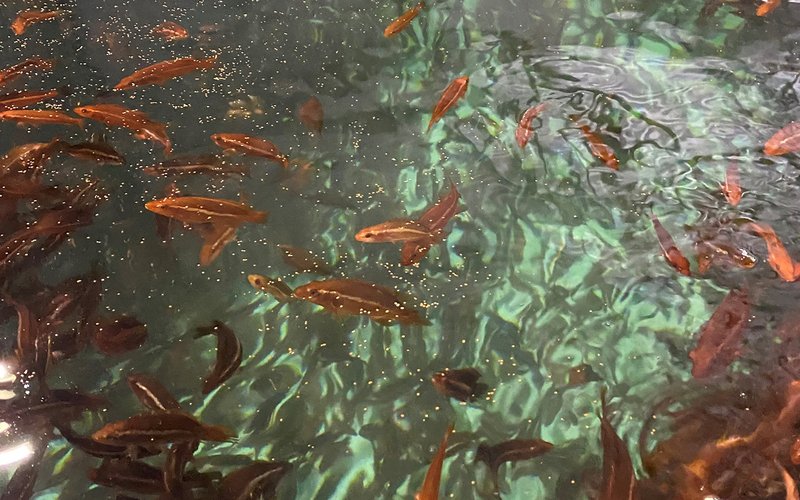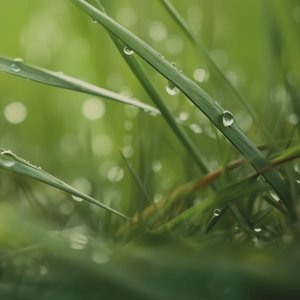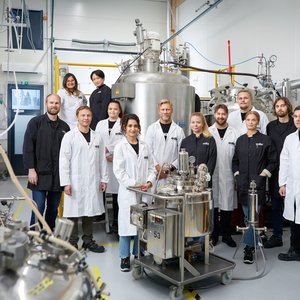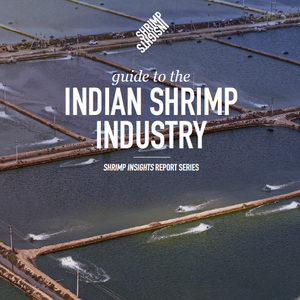After years of research on wrasse and its nutritional needs, Skretting unveiled Clean Labrus for farmed wrasse, now offering a complete feed range adapted to farmed and wild-caught wrasse.
The physiology of wrasse differs from most species in that it lacks a stomach and has a very short intestine. This places special demands on the digestibility of the feed. Additional challenges arise from wrasse being particular in their diet preferences as well as requiring higher water temperature in the tanks.
The new diet solved the three major challenges for good feed for farmed wrasse, all the way from land to sea. “Wrasse is so picky that it doesn't eat unless it thinks the food is tasty. This in itself imposes strict requirements on which feed ingredients we can use. Due to the special digestive system of the fish, the feed must also be easy to digest. The easily digestible raw materials we use are finely ground and the feed is produced with an extra gentle process in the factory. Moreover, the pellet must have special physical properties to function well in the tanks at the water temperatures preferred by wrasse,” said Kathrine Bakkemo, product manager for marine species in Skretting Norway.
Increased need for specialization
Wrasse's ability to clean salmon off lice has made it attractive in the Norwegian salmon industry. Aquaculture farmers have been using wild-caught wrasse for years, but large and small salmon farmers are now investing in farmed wrasse. This investment has increased the need for feed adapted to a species that differs from most others. In recent years, Skretting has analyzed and tested several feed recipes to find the balance between taste and nutritional content that makes wrasse a robust lice hunter when placed in the sea.
“We see that the appetite of the fish is particularly triggered by crustaceans. Clean Labrus therefore contains both krill and copepods. At the same time, the fish need a balanced mineral mix to ensure that bone structure and teeth develop well,” said Bakkemo.
“The pellet must not sink too fast. In addition to the fact that wrasse needs time to sniff and decide to eat, it is also quite aggressive. Therefore, the feed must be spread well and be able to lie in the water so that the fish have both space and time to eat until they are full,” said sales manager, Martin Davidsen.
Well documented
Clean Labrus is the result of four years of research on nutrition and physiology in fish, the screening of several feed ingredients and five feeding trials conducted at the Lerang research station in Rogaland. The research has been led by Hoang Thi My Dung Le, who has a PhD on wrasse.
“The trial results document that the feed provides good growth, has a good nutritional composition and that fish build energy stores that make it ready for a new environment out in the cages. We are happy and proud to launch Clean Labrus to both existing and new customers,” said Bakkemo.
The new Clean Labrus feed complements Skretting's feed offering for wrasse on land and at sea. For farmed fish that are habituated to dry feed, Clean Labrus N 2.3 can be used in the sea phase. This feed is a continuation of the feed concept for the land phase but is adapted to the sea with an increased sinking rate.
For wild-caught wrasse, Clean Labrus Soft is used, a feed that is similar to what wrasse finds in nature. To adapt to the wrasse's grazing behavior, Clean Labrus Soft is used in a bait bag that is lowered near the cleaner fish shed. When the bait bag is lowered into the pen, the feed absorbs water and acquires a soft consistency that increases its attractiveness.













